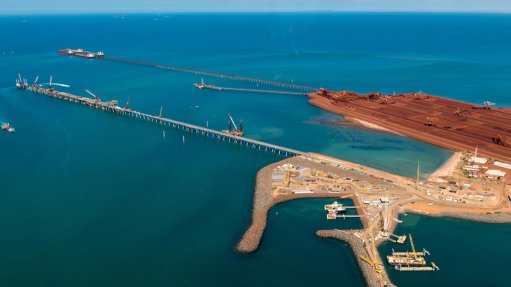
PERTH (miningweekly.com) – Mining majors BHP Billiton and Rio Tinto were likely the companies with the most to lose following the Western Australian government’s introduction of a Bill to validate environmental approvals made by the Environmental Protection Authority (EPA) between 2002 and 2012.
The state department on Thursday released a list of the 25 affected projects, with BHP and Rio topping the list with the most number of projects affected.
BHP had nine projects approved by the EPA during the period being reviewed, including the Jimblebar and Jindi iron-ore mines, as well as the Port Hedland outer harbour development and the Wheelarra Hill iron-ore mine extension and modification.
Rio had ten of its projects approved by the EPA, including the extension of the Brockman iron-ore mine, the Cape Lambert port development, and the Turee Syncline iron-ore project.
Iron-ore miner Fortescue Metals’ Solomon project also made the list, along with Woodside Energy’s Pluto liquefied natural gas (LNG) project.
The Western Australian government had initiated a review on the EPA approvals following a 2013 Supreme Court decision on the Browse LNG precinct. The Supreme Court invalidated the EPA’s original assessment report and recommendations for the Browse LNG precinct, with Supreme Court Justice Wayne Martin ruling in favour of the Wilderness Society of Western Australia when it argued there was a conflict of interest in the EPA process and that the Environmental Minister had erred in granting the project approval.
Environment Minister Albert Jacob this week said that after considering legal advice on the Supreme Court ruling, the state government had identified the 25 projects where there was a potential risk for the EPA approvals to be determined invalid.
His department has pointed out that there was potential for these projects to be disrupted or delayed if legal challenges were mounted to the validity of the relevant environmental approvals. In the event that a challenge was successful, the environmental approval would be set aside by the court and the implementation of the project would need to be suspended while a new environmental assessment was undertaken.
The state government was now hoping to validate the EPA approvals in the interest of promoting investor certainty in the region.